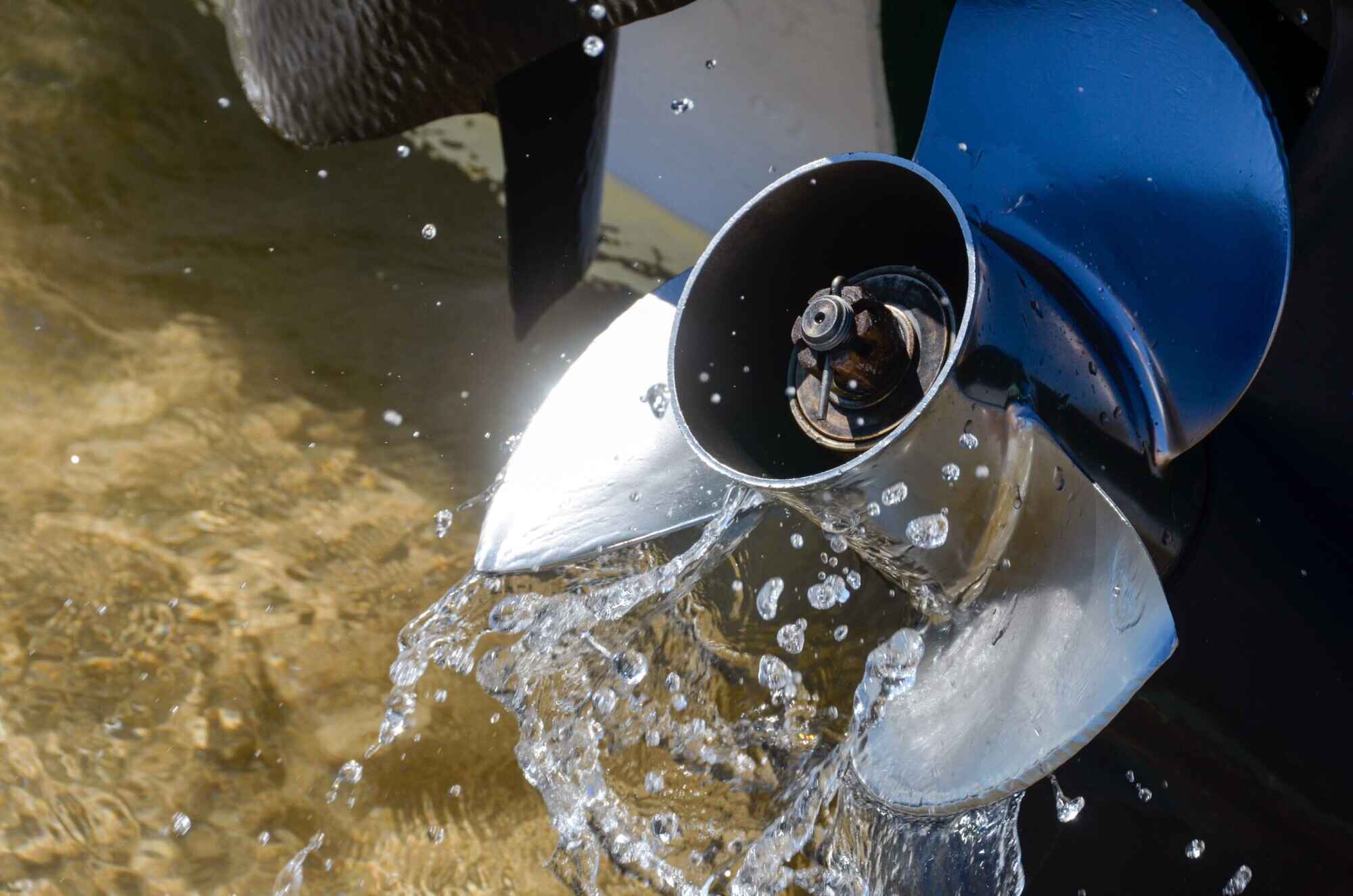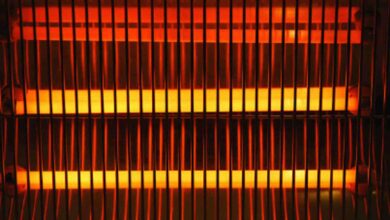Are you facing trouble with your boat propeller? Then you need to look for essential repair tips and tricks to fix it.
Have you ever had a situation where a small problem turns into a drastic problem?
It can be incredibly frustrating if your boat gets damaged anytime you’re ready to go out on a trip. It might look like it’s an easy problem to fix, but it can cause more problems down the road.
This calls for you to take your time and learn the right repair methods to avoid causing more damage. Take a look below at essential boat prop repair tips that you need to try today.
Table of Contents
Understanding Boat Propellers: A Brief Overview
Before we dive into the world of boat prop repair, let’s take a moment to understand the basics. A boat propeller is essentially a rotating fan-like device that propels a boat through the water. It converts the engine power into thrust, allowing the boat to move forward or backward. Propellers come in various shapes and sizes, and choosing the right one for your boat is crucial for optimal performance.
Types of Boat Propellers
Before attempting any repair, it’s crucial to understand the anatomy of boat propellers. There are various types, each serving a specific purpose. Here’s a quick rundown:
Fixed Blade Propellers
These are the standard propellers found on most boats. They have a fixed pitch, meaning the blades are set at a specific angle and cannot be adjusted. Fixed blade props are ideal for trolling and low-speed applications.
Adjustable Pitch Propellers
Unlike fixed-blade propellers, these allow you to change the angle of the blades. This flexibility can optimize performance under different conditions. Adjustable pitch props are great for high-speed applications and can provide better fuel economy.
Folding Propellers
Commonly used in sailboats, folding propellers have blades that fold inward when not in use. This reduces drag and . They can also be reversed to back up the boat if needed.
Feathering Propellers
Similar to folding propellers, feathering props also minimize drag. However, their blades rotate around the propeller shaft, offering more control over pitch and efficiency.
Common Propeller Issues: Navigating the Troubles
Navigating propeller issues can be a tricky business, but with the right guidance, you’ll steer through them smoothly. Here are some common propeller problems:
Propeller Damage
Just like any other part of your boat, propellers are susceptible to damage. Common causes include collisions with underwater obstacles, debris in the water, or even the occasional encounter with a curious marine creature. Damaged propellers can lead to decreased efficiency and increased fuel consumption.
Cavitation Concerns
Ever heard a strange, almost musical noise coming from your propeller? That could be propeller cavitation, a phenomenon where the blades create air bubbles as they spin. This can lead to decreased propulsion efficiency and damage to the propeller over time.
Corrosion Woes
Saltwater is not a propeller’s best friend. Corrosion can eat away at the metal, weakening the structure and affecting performance. Regular prop maintenance is key to combating corrosion and ensuring a longer lifespan for your propeller.
Tools of the Trade: What You’ll Need for Boat Prop Repair
Propeller repair can be quite a hands-on task, and having the right tools is crucial. Here’s a basic list to get you started:
Safety First
Before you even think about repairing your boat propeller, ensure your safety. Protective gear such as gloves and safety glasses are a must. And remember, never attempt repairs while the engine is running.
Propeller Pullers
Propeller pullers help detach the propeller from the shaft without causing damage to either. Be sure to get your supplies and prop parts from trusted sellers. Find more at deepblueyachtsupply.com today.
File and Sandpaper
For minor nicks and dings, a file and sandpaper are handy tools. Smoothing out rough edges and polishing the blades can significantly improve performance.
Paint and Anti-fouling Coating
A fresh coat of paint and anti-fouling coating can work wonders. It not only protects the propeller from the corrosive effects of saltwater but also enhances its aesthetics.
Pro Tips for Boat Propeller Repair
Boat propeller repair can be a bit tricky, but with the right know-how, you can keep your vessel slicing through the water smoothly.
Regular Inspections: The Captain’s Check-Up
Just as you wouldn’t set sail without checking the weather, don’t embark on a journey without inspecting your boat’s propeller. Regular inspections can help identify small issues before they escalate. Look for signs of damage, such as bent blades, dents, or fishing line entanglement.
Fishing Line Woes: Cut It Right
Fishing line entanglement is a common woe for boat propellers. It not only affects performance but can also lead to severe damage. If you spot a fishing line wrapped around the propeller, turn off the engine, and carefully cut it away. Avoid pulling the line, as this could damage the seals or bearings.
Bent Blades: Straightening the Course
Bent blades can throw your boat off balance and reduce fuel efficiency. If you notice any bent blades during your inspection, use a crescent wrench or pliers to gently straighten them. Take your time and ensure each blade is aligned for optimal performance.
Corrosion Concerns: Rust Be Gone
Saltwater can be harsh on metal, leading to corrosion. Combat this by regularly cleaning your propeller with a mild detergent and a soft brush. For stubborn rust spots, use a wire brush or fine sandpaper. Applying an anti-corrosion coating after cleaning can provide extra protection.
Dings and Dents: Smooth Sailing Ahead
Dings and dents on your propeller can disrupt the flow of water, affecting overall performance. A rubber mallet or a block of wood and a hammer can be handy tools for smoothing out minor dings. For more significant damage, it’s advisable to seek professional help.
Vibration Woes: Balancing Act
Excessive vibration is a red flag that your propeller may be out of balance. To address this, remove the propeller and have it professionally balanced. Unbalanced propellers not only decrease performance but can also cause damage to the prop shaft and engine.
Charting a Course for Smooth Sailing
Whether you’re a seasoned boater or a novice, maintaining and repairing your boat’s propeller is crucial for optimal performance and safety on the water. The pros have shared valuable tips and tricks in this guide that will save you time and money.
Don’t overlook boat prop repair – keep your boat running smoothly and follow these expert tips. Now, put these tips to use and get back to enjoying the open seas!
Looking for more tips to help you out? Check out what else we have available on our blog!





